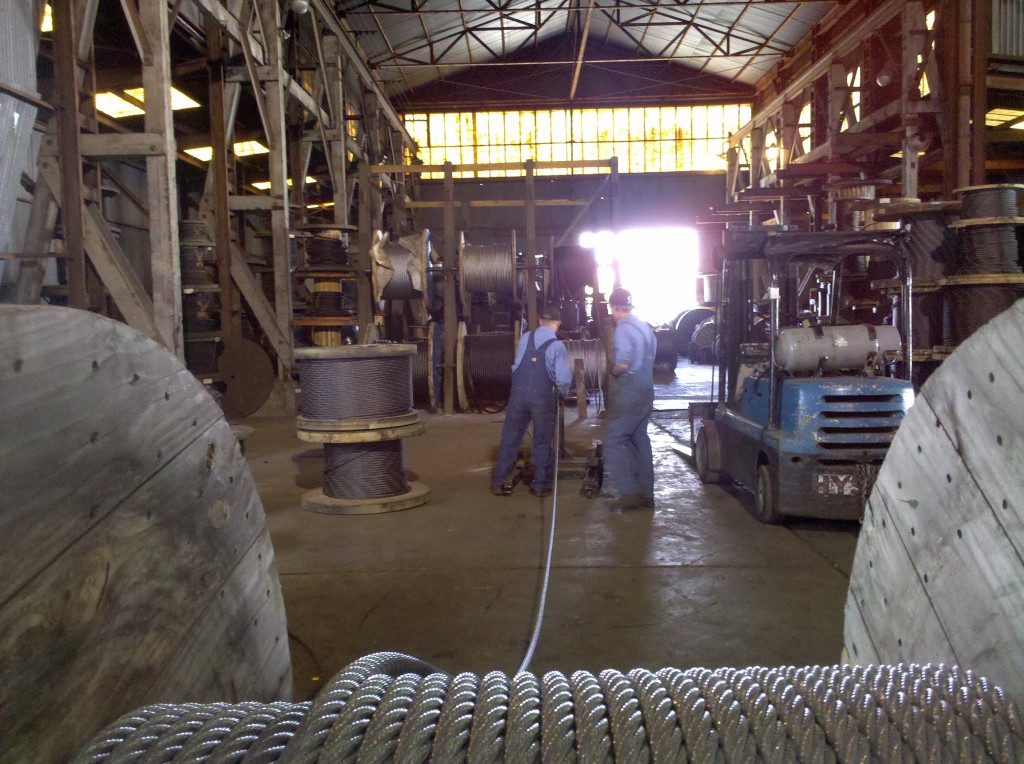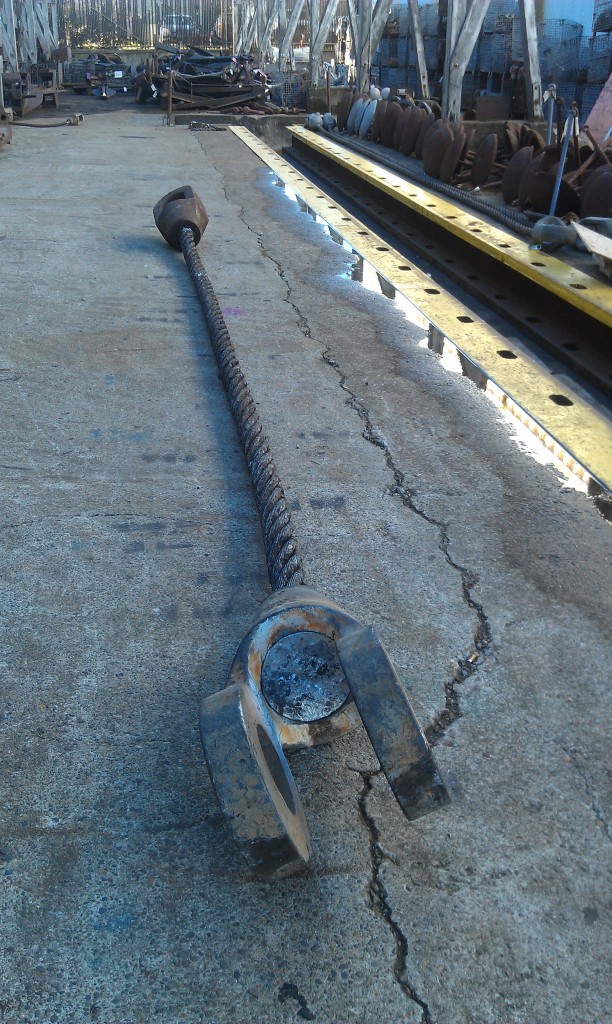In rope formation, the strands are laid in a prefixed helix around a core -which provides the support to the strands. The strands could follow either a left- or right-hand spiral and the direction of wires in the strand could be the same as that of the strand (LANG LAY) or opposite (REGULAR LAY),
CORES
Most wire ropes are supplied either with a fiber or a steel core. The core is the foundation of a wire rope. Its primary function is to support the wire strands of the rope, maintaining them in their correct relative positions during the operating life of the rope.
Fiber cores are ropes made from fibers formed into yarns, then into strands and finally into the finished core form. There are two general types of fiber: natural vegetable material, such as sisal or cotton, and synthetic filaments, such as polypropylene.
Steel cores comprise an independent wire rope (IWRC) or, in the case of small diameter ropes, a wire strand core (WSC). These steel cores provide more substantial support than fiber cores to the outer strands during the rope’s operating life. Steel cores resist crushing, are more resistant to heat, reduce the amount of stretch, and increase the strength of the rope.
WIRE ROPE LAY
The helix or spiral of the wires and strands in a rope is called the lay. Regular lay means the wires and strands spiral in opposite directions; thus the wires appear to run roughly parallel to the center line of the rope. Lang lay is the opposite; the wires and strands spiral in the same direction and seem to run at a diagonal to the center line of the rope. If the strands rotate around the rope in a clockwise direction (as the threads do in a right hand bolt), the rope is said to be right lay. When the strands rotate in a counterclockwise direction (as the threads do in a left hand bolt), the rope is left lay. Right regular lay is furnished for all rope applications unless otherwise specified.
When a lay-length is used as a unit of measure, it refers to the lengthwise distance a single strand extends in making one complete turn around the rope.
Lay length is measured in a straight line parallel to the center line of the rope, not by following the path of the strand. The appropriate time to replace a wire rope in service is frequently determined by counting the number of broken wires in the length of one rope lay.


